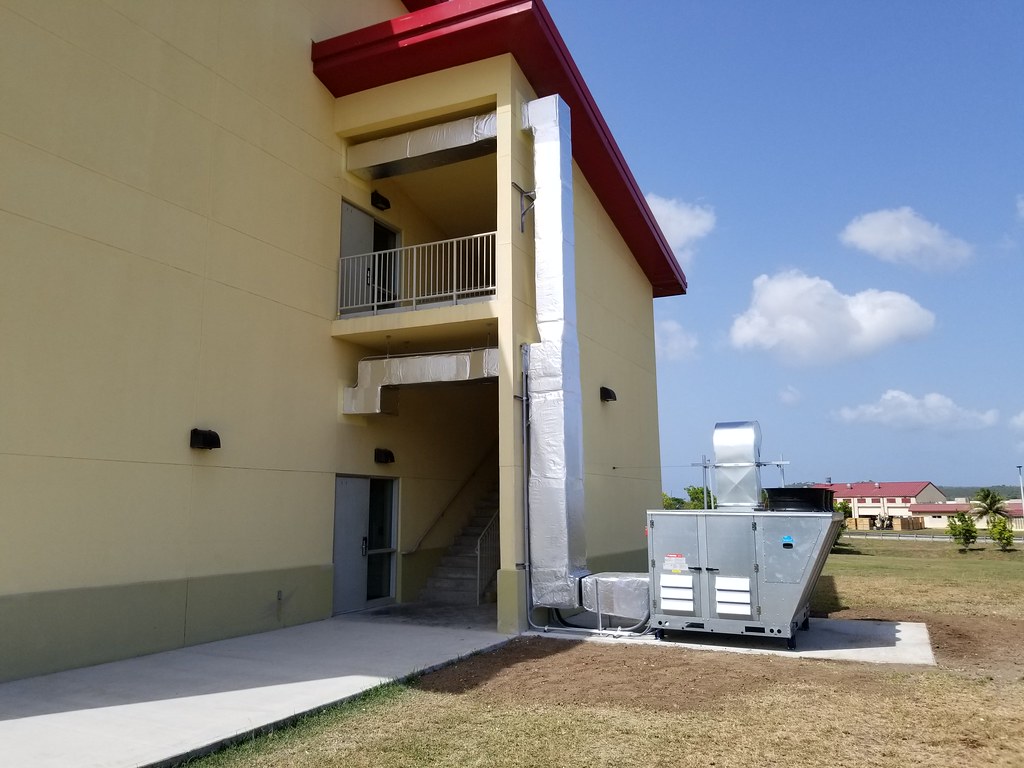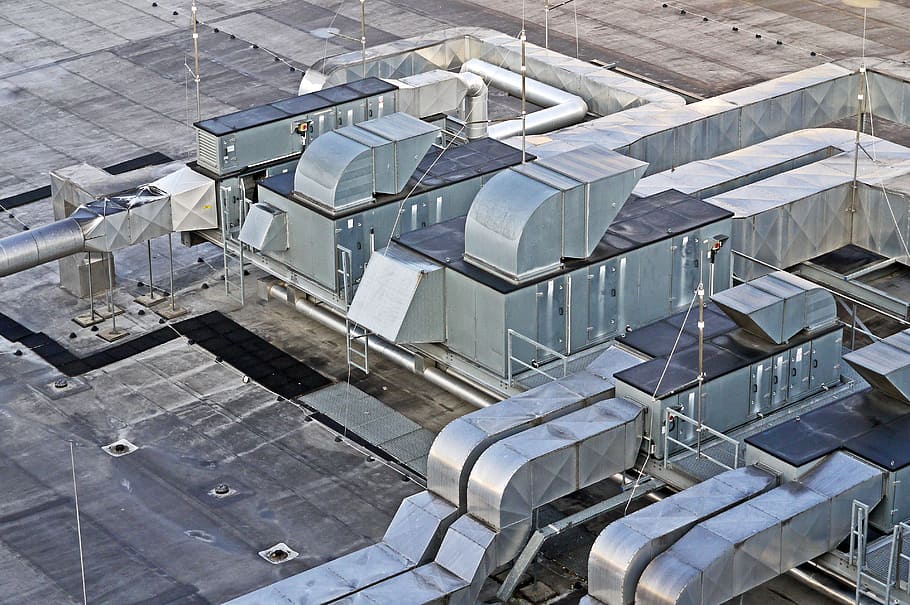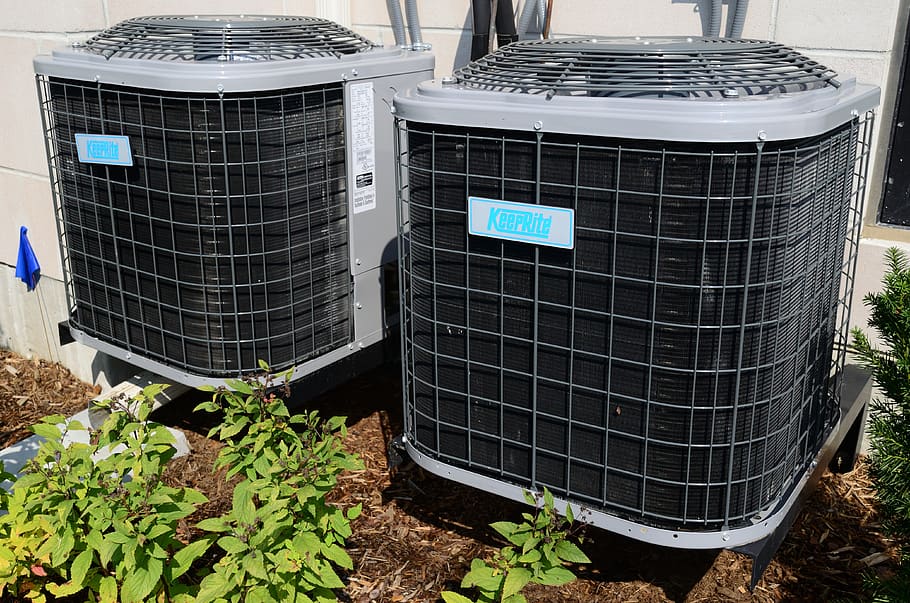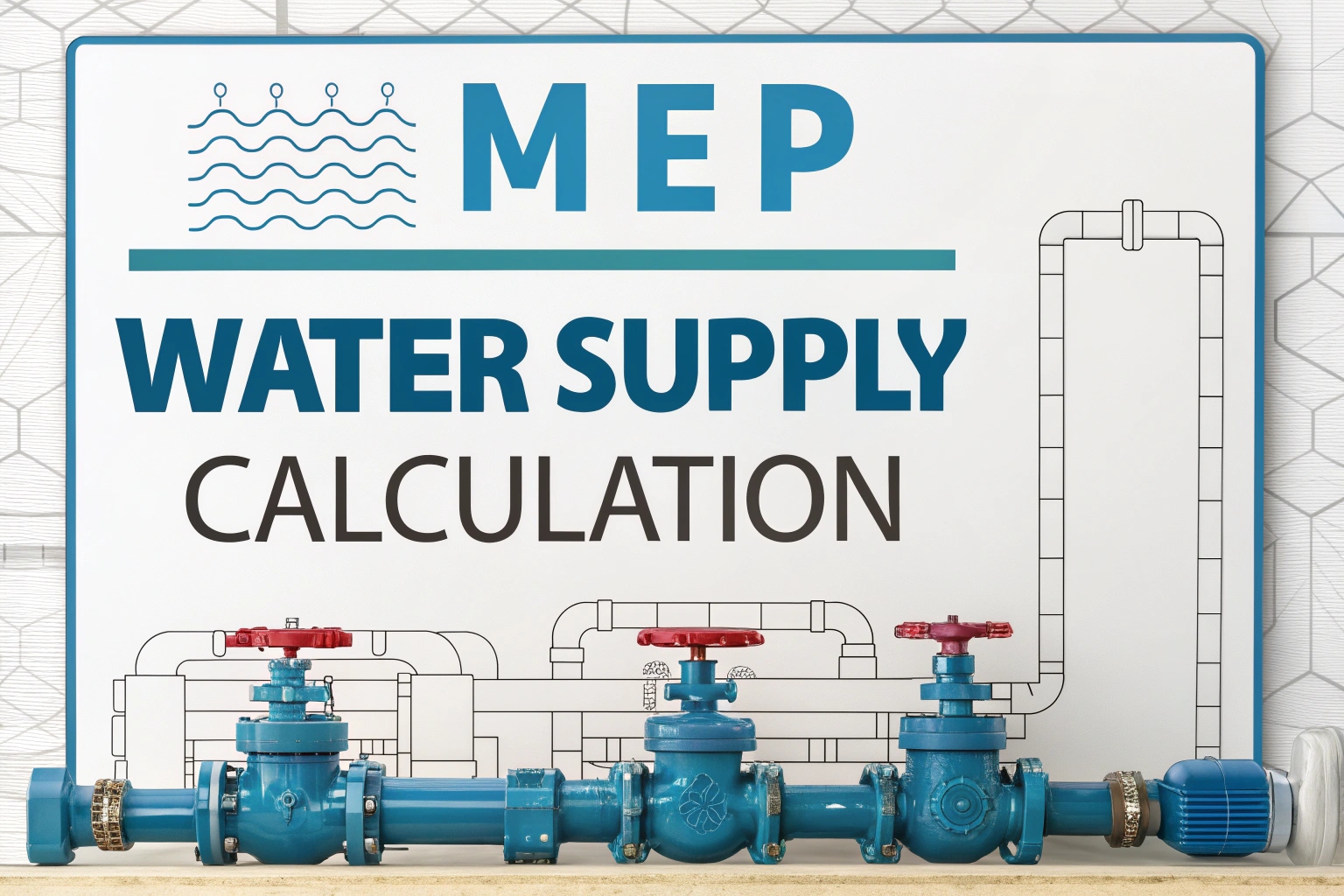Introduction to HVAC System
The Full Form of HVAC is an acronym for air conditioning, ventilation, and heating. The upkeep of cozy and healthful indoor spaces depends heavily on these systems. We will investigate the parts and operations of an HVAC system together. HVAC is more than just controlling the temperature; it also improves the quality of the air and uses energy effectively in many kinds of buildings and structures. Both adequate indoor air quality and thermal comfort—two essentials in both residential and commercial settings—are intended to be provided by these systems. Anyone interested in building maintenance, construction, or energy management should have a fundamental understanding of HVAC systems.

Decoding HVAC: What Does It Stand For?
The abbreviation HVAC is frequently used, although its meaning may not always be clear to us. HVAC is an acronym for air conditioning, ventilation, and heating. It includes the capacity of a system to carry out three crucial tasks:
- Heating: This component of HVAC is responsible for maintaining warmth within a space, commonly achieved through furnaces or heat pumps.
- Ventilation: Ventilation refers to the process of exchanging or replacing air within any space to provide high indoor air quality, which involves temperature control, replenishment of oxygen, and removal of moisture, odors, smoke, heat, dust, airborne bacteria, and carbon dioxide.
- Air Conditioning: This crucial portion of the system cools down indoor environments by removing heat and moisture from the space, thus enhancing the comfort of occupants.

The Importance of Heating System
In order to keep our homes cozy during the winter, we rely on heating systems. In addition to providing comfort, heating systems are necessary to:
• Keep indoor pipes from freezing and causing damage.
• Lowering the possibility of health problems like hypothermia that might result from being too cold.
• Keeping the temperature constant to prevent damage from the cold to electronics, floors, and furnishings.
• Lowering wetness and humidity, as they can promote the formation of mold and poor indoor air quality.
• Bringing relief to people who suffer from specific medical disorders, the symptoms of which the cold can intensify.
The integrity of our dwellings and our general well-being are greatly enhanced by heating systems.
Full Form of HVAC Ventilation : Ensuring Air Quality and Circulation
To maintain a healthy indoor air quality, ventilation is an essential part of the HVAC system that concentrates on the exchange of interior and outside air. We understand that adequate ventilation aids in the removal of pollutants including smoke, dust, and airborne bacteria as well as smells and excessive humidity. In order to guarantee effective air circulation, we:
• Install duct systems and air intakes to distribute fresh outdoor air throughout buildings; and
• Use mechanical ventilation systems, such as exhaust fans, to remove stale indoor air.
• We monitor ventilation efficiency through controlled ventilation rates, balancing energy use with health standards.
• We employ filtering devices to clean the air as it flows.
These strategies contribute to a comfortable and safe environment by maintaining consistent air quality and circulation.

Air Conditioning: From Comfort to Necessity
We’ve witnessed a remarkable transformation in how air conditioning is perceived. Initially, air conditioning was a luxury, enhancing comfort during scorching summer months. It was an added convenience in homes, vehicles, and workspaces, aspiring for a cooler ambiance to counter the heat. However, as global temperatures have risen and heatwaves have become more frequent and severe, air conditioning has transitioned from a mere creature comfort to an essential necessity. We now depend on these systems not only for comfort but also for:
- Maintaining the health and well-being of vulnerable populations
- Ensuring productivity in workplaces
- Preserving heat-sensitive equipment and technology
- Providing safe and cool environments in extreme weather conditions
Indeed, air conditioning has become integral to modern life, transforming our approach to living and working environments.
The Components of an HVAC System
We recognize that an HVAC system is a blend of several critical components working together to manage indoor climate effectively. These include:
- Thermostat: This is the control center, responsible for regulating the temperature by signaling HVAC components to turn on and off.
- Furnace: The powerhouse of the system, the furnace heats air, which is then distributed throughout the premises.
- Air Conditioner: It removes warm air and humidity, releasing cooled air for circulation.
- Ductwork: A network of ducts carries warm or cool air to various rooms.
- Vents: These are the outlets that deliver the conditioned air to each room.
- Evaporator Coils: Found in the air conditioner, these coils cool air as it passes through.
- Air Handler: This component circulates air throughout the system.
Through coordinated function, these components ensure the delivery of a comfortable and quality indoor environment.
How HVAC Systems Work: The Basic Process
We understand that HVAC systems are crucial for maintaining comfortable indoor environments. Here’s the basic process:
- Heating: We utilize furnaces or heat pumps to generate warmth, typically using electricity, gas, or oil as energy sources.
- Ventilation: We ensure fresh air circulates throughout the building, replacing stale air and removing moisture, odors, and other airborne contaminants.
- Air Conditioning: We use air conditioners to remove heat and moisture from indoor air, which involves refrigerant chemicals that absorb and release heat.
Through ductwork, vents, or pipes, we effectively circulate conditioned air to maintain a comfortable indoor climate in various weather conditions.
The Role of Thermostats in HVAC System
Thermostats play a critical role in HVAC systems by regulating indoor temperature. We interact with thermostats to set our desired comfort level, and they work seamlessly to:
- Maintain the temperature within a specified range
- Conserve energy by turning the system off when the target temperature is met
- Restart the heating or cooling when the temperature deviates
- Offer programmable settings for efficiency
- Integrate with smart home systems for remote control
Essentially, thermostats act as the control hub for our HVAC systems, ensuring our environments remain comfortable while optimizing energy use.
Types of HVAC System
We can categorize HVAC systems into several primary types, each tailored for different needs and building layouts:
- Split Systems: These are the most common residential HVAC systems, where components are divided between an indoor unit and an outdoor unit.
- Hybrid Systems: Similar to split systems, but with the added ability to switch between gas and electric power, promoting energy efficiency.
- Ductless Mini-Splits: Ideal for homes without ducts, these systems provide direct air into individual rooms, offering precise control.
- Packaged Heating & Air Conditioning Systems: All components are housed in a single unit, which is typically located outside, to save indoor space.
- Central Air Conditioning Systems: These systems cool with an outdoor compressor and deliver air through ducts, with the heat dispensed outside.
Each type of HVAC system has unique benefits, depending on the application and the specific needs of the space they serve.
Energy Efficiency and Its Impact on HVAC System
In our modern world, energy efficiency plays a vital role in the operation and design of HVAC systems. By optimizing energy use, we achieve several benefits:
- Cost Savings: Energy-efficient HVAC systems reduce electricity bills by consuming less power while maintaining optimal temperatures.
- Environmental Protection: Lower energy consumption translates to reduced greenhouse gas emissions, mitigating climate change impacts.
- Enhanced System Longevity: Efficient systems undergo less wear and tear, extending their service life and reducing the need for frequent repairs or replacements.
- Improved Air Quality: Advanced HVAC systems with energy-efficient designs often incorporate better filtration and ventilation mechanisms, contributing to healthier indoor air.
We must prioritize energy efficiency in HVAC not just for immediate economic advantages but also for long-term sustainability and comfort.
Common Issues and Troubleshooting Your HVAC
We often encounter several issues with HVAC systems that require attention. Here are common problems and troubleshooting tips:
- Inconsistent Temperatures: Check for blocked vents or a dirty filter. Ensure the thermostat is functioning correctly.
- Strange Noises: Loose parts or debris can cause rattling or buzzing. Inspect for blockages or the need for component tightening.
- System Won’t Turn On: Verify power sources and check the circuit breaker. If the thermostat is battery-operated, try replacing the batteries.
- Poor Airflow: A clogged filter or ductwork obstruction could be the culprit. Replace filters regularly and inspect ducts for blockages.
- Leaking Water: This could signify a blocked condensate drain line. Clear the line and ensure the pump is working if equipped.
- Unpleasant Odors: Musty smells might indicate mold in the ducts, while a burning scent could signal an electrical issue. Inspect and clean ducts or consult a professional.
Routine maintenance can prevent or mitigate many of these common HVAC issues.
Choosing the Right HVAC System for Your Space
We consider a number of aspects when choosing an HVAC system to make sure it meets our demands. We start by thinking about how big our space is. An inefficient system can be one that is either too big or too little. We then turn our attention to energy efficiency, trying to strike a balance between initial outlay and cumulative savings. Climate also matters; some systems work better in particular climates. We also take into consideration the design of our area, which may call for a more complex system to provide even temperature distribution due to features like high ceilings or many rooms. Finally, we look at other features including options for air filtration and compatibility with smart thermostats.
You can Read Also About of types of Compressor So please Click here-











